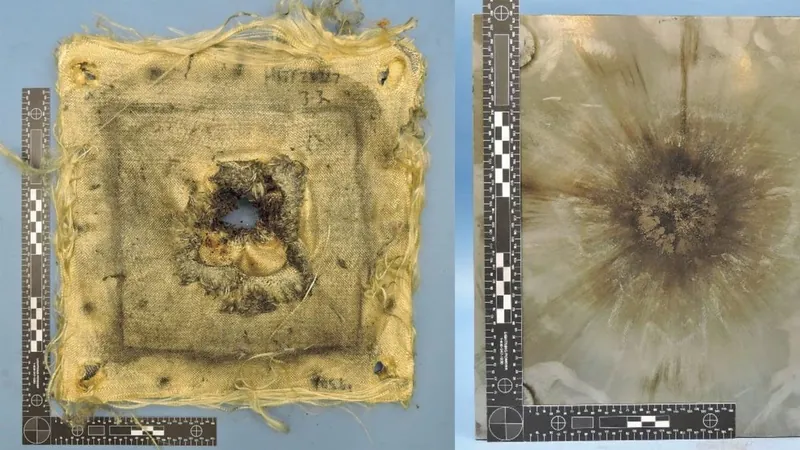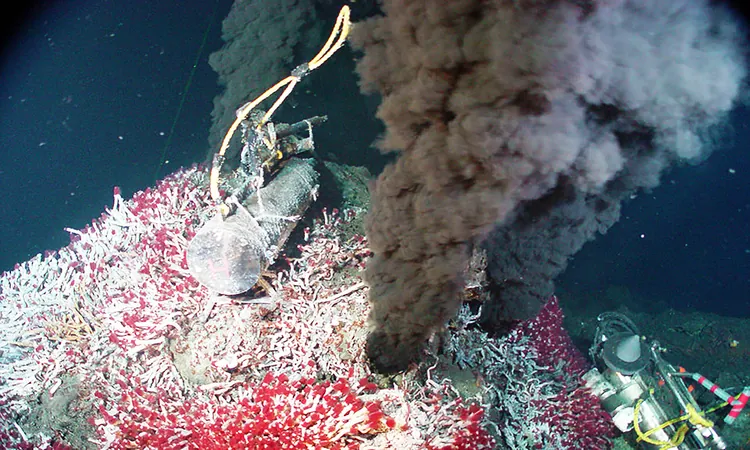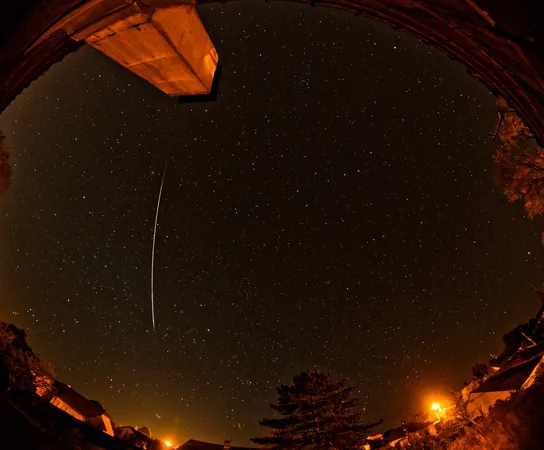
Revolutionary Kevlar EXO Set for Launch to the ISS: A Game-Changer in Space Debris Protection!
2024-09-26
Introduction
In an exciting development for space exploration and safety, a groundbreaking new material designed for shielding against space debris is scheduled to embark on an important test mission to the International Space Station (ISS) this October. Developed by the renowned chemical company DuPont, this innovative material, known as Kevlar EXO, promises to redefine the standards of protection against space debris.
Performance and Testing
Testing conducted by NASA at their White Sands Test Facility in New Mexico demonstrated that Kevlar EXO outperforms traditional Kevlar in debris impact protection while being 40% lighter—a significant advancement considering the stringent demands of space missions. Jill Clements, DuPont's global business development manager, noted, “We were able to reduce the weight significantly while still ensuring it met the rigorous safety standards for orbital debris.”
NASA's rigorous assessments included firing aluminum projectiles—measuring approximately 0.4 inches (1 cm) in diameter—at speeds exceeding 4 miles (6.5 kilometers) per second into 12 by 12 inch (30 by 30 cm) targets made from the new protective material. Even with minimal usage of Kevlar EXO compared to current protection systems, the organic nature of the material allowed it to withstand the extreme conditions without succumbing to punctures.
Mission to the ISS
As part of its mission to the ISS, several samples of Kevlar EXO, each measuring 2 by 2 inches (5 by 5 cm), will be dispatched aboard a SpaceX Dragon cargo capsule. Once in orbit, these patches will be exposed to the harsh conditions of space for several months, specifically targeting the effects of atomic oxygen and ultraviolet radiation.
Historical Significance
Kevlar EXO represents the first major innovation in aramid fibers—in which traditional Kevlar belongs—in over half a century. Since its inception in 1965, Kevlar has been utilized widely due to its exceptional strength, notably in ballistic vests, helmets, and numerous aerospace applications. In the context of space, Kevlar’s contributions extend from thermal insulation in satellites to active components in debris protection systems on spacecraft.
Industry Impact
Clements emphasizes the unique properties of Kevlar EXO, referring to it as a "cousin" to the original aramid fibers and predicting its transformative impact on the industry. "We’re receiving feedback that this material is game-changing in the amount of weight it alleviates from orbital debris systems," she explained, highlighting the economic implications for space companies that are often constrained by weight limitations during launches.
Future Applications
The introduction of Kevlar EXO not only stands to benefit satellite manufacturers but also promises to protect future inflatable structures in low Earth orbit, as well as habitats projected for the Moon and Mars. With Mars missions on the horizon and the potential for lunar bases to support human life, the demand for resilient materials is greater than ever.
Clements is optimistic about the future, envisioning an essential role for Kevlar EXO in upcoming lunar and Martian explorations, making it a pivotal component of humanity’s journey into deeper space.
Conclusion
Stay tuned as this remarkable material takes off for the ISS—its successful performance could mark a new era in how we approach safety in space!



 Brasil (PT)
Brasil (PT)
 Canada (EN)
Canada (EN)
 Chile (ES)
Chile (ES)
 España (ES)
España (ES)
 France (FR)
France (FR)
 Hong Kong (EN)
Hong Kong (EN)
 Italia (IT)
Italia (IT)
 日本 (JA)
日本 (JA)
 Magyarország (HU)
Magyarország (HU)
 Norge (NO)
Norge (NO)
 Polska (PL)
Polska (PL)
 Schweiz (DE)
Schweiz (DE)
 Singapore (EN)
Singapore (EN)
 Sverige (SV)
Sverige (SV)
 Suomi (FI)
Suomi (FI)
 Türkiye (TR)
Türkiye (TR)